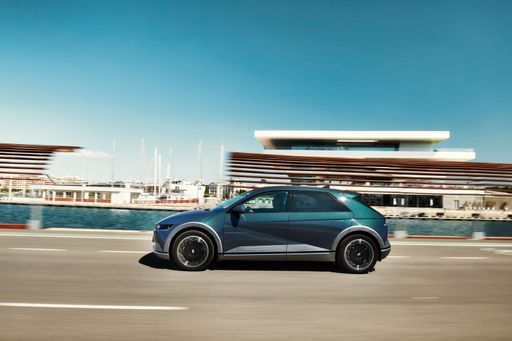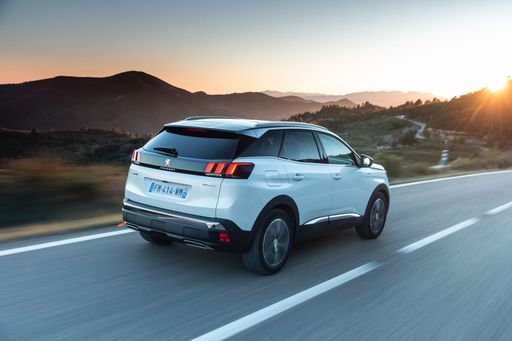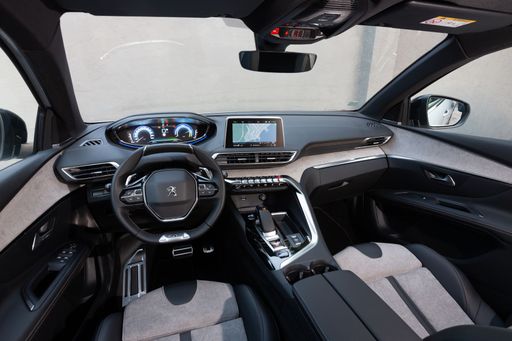Hyundai IONIQ 5 vs Peugeot 3008: A Comparative Overview
In the ever-evolving automotive landscape, the battle between electric vehicles and hybrid options is heating up. The Hyundai IONIQ 5 and the Peugeot 3008 stand out as two prominent contenders in the SUV market, each bringing their own unique strengths and innovations to the table. This article will delve into their technical aspects, performance metrics, and the innovative features each model offers, allowing consumers to make an informed choice.









